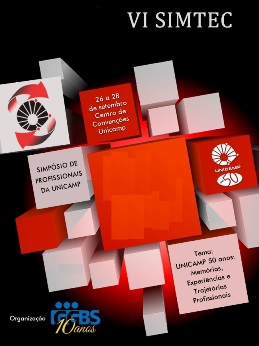Abstract
This study aims to understand, by the used territory perspective, the basic need supply from users served by the Social Service at Unicamp/HC's Geriatrics Ambulatory at different Campinas regions. The conceptual basis refers to: used territory, constituted by "objects and actions, synonymous of human space, living space"; citizenry understanding in a city with social-territorial inequalities, and the right to access services. The topic relevance refers to the ethic-political materialization of the social service's professional work in the perspective of social rights realization, when building collective autonomous subjects, when socializing resource information and possibilities, on the critical reflection about the city and social-territorial inequalities. Incorporating this view enables a contextualized health attention, considering relationships established and lived at the territory. The data was collected from document source: sheets/Social Service 2009-2016; online data survey on the Health, Education, Social Assistance, Sport, Culture, Public Security, Legal Business service maps, accessed through the Municipal Citizenry, Assistance and Social Inclusion, according to territory division of the five districts. Out of 208 users, 33.3% are from the North district, 27% East, 26% South, 8% Southwest and 5.7% Northwest. It is identified that the nearest districts geographically from HC/UNICAMP have more resource and service offer available, according to information collected. They are also more significant in the concentration of elderly people looking for services. Although the study is still preliminary, we can deduce that the assumption, based on theoretical foundation, confirms evidences that these users live, in their daily life, the city contradiction in their social-territorial inequalities regarding to service rights and access.
This work is licensed under a Creative Commons Attribution 4.0 International License.
Copyright (c) 2016 Ana Maria de Arruda Camargo, Anita Burth Kurka, Ana Carolina Canto Ferreira, Gabriel Trindade Moreira

